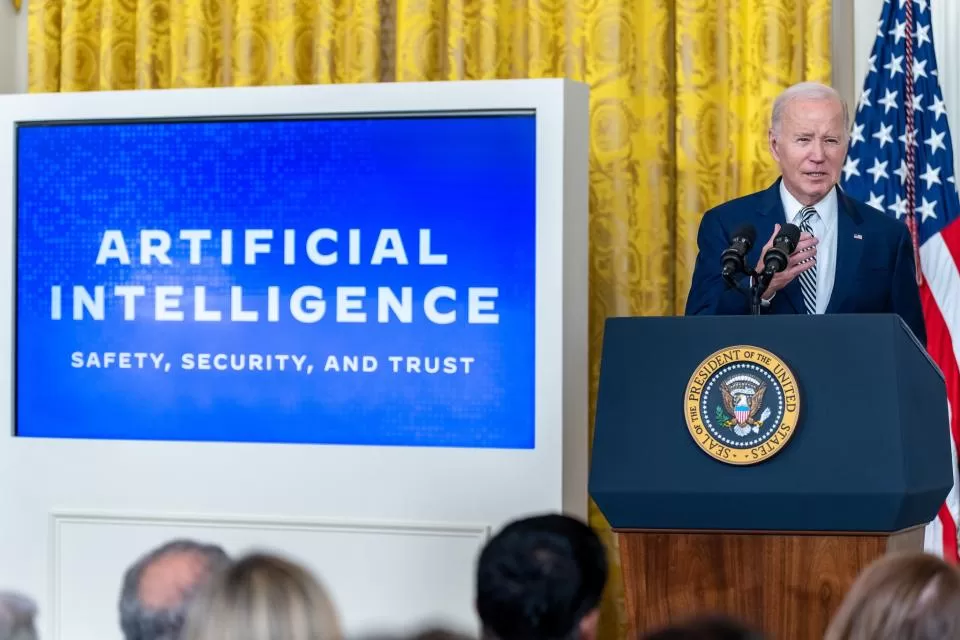[the_ad id=”539″]
On October 30, 2023, President Joe Biden issued an Executive Order regarding the “Safe, Secure, and Trustworthy Development and Use of Artificial Intelligence.” The Executive Order (EO) directs departments and agencies throughout the government, including the Department of Homeland Security (DHS) and the Department of State (DOS), to develop plans and policies to establish new standards for artificial intelligence (AI) use.
To this end, the EO calls for DOS and DHS to identify new pathways, and build upon existing programs, to attract and retain the best foreign nationals with AI (and other emerging technologies) knowledge, skills, and education.
This includes:
- Streamlining visa processes for noncitizens who seek to enter the United States to work on, study, or research AI, including making more visa appointments available for those individuals;
- Adding highly skilled talent in AI, including J-1 research scholars and F-1 students in STEM fields, to the list of those who will be able to take advantage of the upcoming program to allow visa renewal inside the United States;
- Consider changes to the DOS’s J-1 Exchange Visitor Program so that those with AI skills can participate in these programs without becoming subject to the two-year home residence requirement which necessarily interrupts their ability to work in the United States;
- Make appropriations available for programs to identify and attract top AI talent to U.S. universities, research institutions, and the private sector, including overseas educational components to inform top STEM talent of all U.S. visas options available to them;
- Publish in all relevant languages informational resources, including a comprehensive guide on options for AI experts to work in the United States;
- Initiate policy changes necessary to modernize immigration pathways for AI experts, including nonimmigrant and immigrant visas for those with outstanding or exceptional ability (i.e., O-1A nonimmigrant visas), EB-1 and some EB-2 immigrant visa petitions, and also target AI experts who are founders of start-ups to use the International Entrepreneur Rule to work in the United States;
- Continue the H-1B modernization rulemaking process to make sure it supports the ability of those with AI skills to enter the United States and adjust status to permanent residence;
- Solicit input on how to identify AI occupations for inclusion on the Schedule A list of occupations that have a fast track to permanent residence (“green cards”) because there are insufficient numbers of qualified U.S. workers available in the field.
DHS and DOS are already working on streamlining visa processes by eliminating backlogs, piloting stateside visa processing, and making it easier for those in STEM fields to enter and remain in the United States. With the EO, those in STEM fields, particularly those involved in AI, will be solicited by the United States and may have some additional advantages in terms of immigration opportunities.
Issuance of a Request for Information for possible additions to the Schedule A list is expected within 45 days, with other reports and plans to be issued over the year.
Jackson Lewis attorneys will be closely monitoring implementation of the EO and are available to answer questions you may have about possible new immigration options for AI workers.
[ad_2]





















